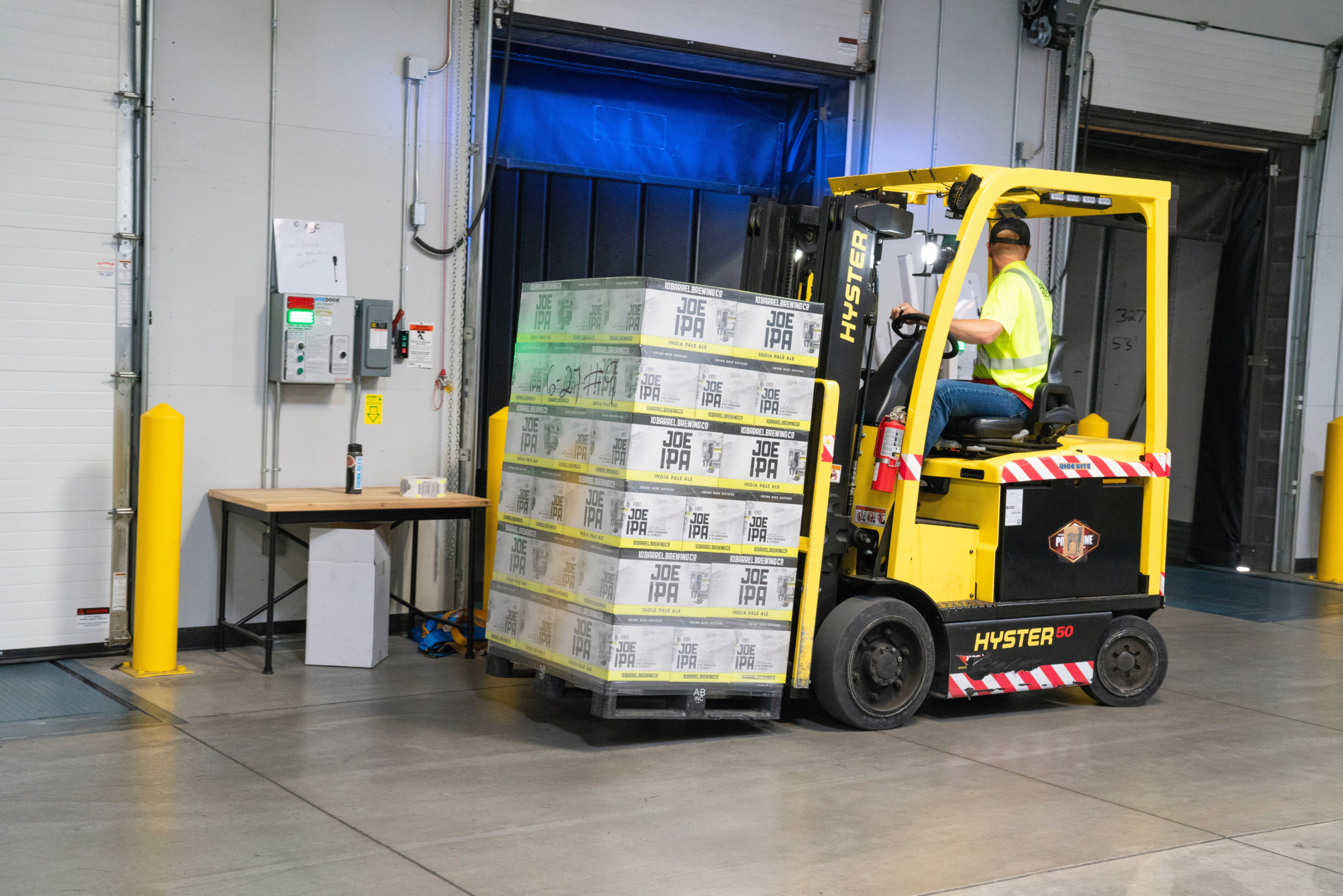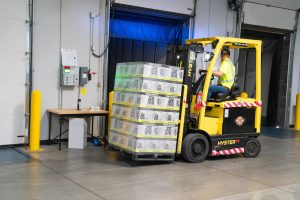13 Ways to Avoid Forklift Accidents While Reversing
When a forklift is being operated in reverse, it presents one of the most dangerous maneuvers. Reversing forklifts is responsible for many forklift accidents because the operator’s line of sight is often compromised. Plus, when a driver is twisted around to look behind the vehicle, he or she may not always be aware of what is happening with the load.
Revering accidents are a major cause of workplace injury and damage to vehicles, equipment, and property. They also are some of the easiest accidents to avoid. Here are 13 ways to avoid most reversing accidents:
1. Whenever possible, remove the need for reversing. For example, you can use drive-through loading and unloading systems that don’t require the vehicle to be operated in reverse.
2. Minimize the need for reversing by reorganizing your loading and unloading procedures.
3. Provide clearly marked areas that are specifically designated for reversing. Use signs and employee training to make these areas highly visible for drivers and pedestrians.
4. Keep non-essential workers from any areas that have been designated for reversing forklifts.
5. Ensure signalers always wear high-visibility clothing and that their signals can be clearly seen by operators.
6. Use radios and other communication equipment to better facilitate communication between operators and signalers.
7. Ensure operators have another person directing them any time they cannot see clearly behind them while reversing.
8. Ensure visiting drivers are familiar with all designated workplace routes, especially reversing areas.
9. Make sure that areas designated for reversing are large enough to accommodate the maneuver.
10. Place fixed mirrors at blind corners.
11. Fit refractive lenses on rear windows to help drivers see “blind spots” better.
12. Fit reversing alarms on all forklifts.
13. Use flashing reversing lights on vehicles. This is especially important if the workplace is so loud that reversing alarms cannot easily be heard.
Keep Equipment in Good Repair
To reduce risks while reversing, keep rear vision mirrors, fixed safety mirrors, and windscreens on all forklifts clean and in good repair. Test reversing alarms and flashing reversing lights regularly to make sure they are working properly.
All traffic routes — and especially designated reversing areas — should be safe for both vehicles and pedestrians in the workplace. They need to be wide enough for the largest vehicle that will be using them.
If possible, they should be one-way with adequate passing space around stationary vehicles and clearly signposted to indicate restricted parking, headroom, speed limits, vehicle movements, and other route hazards.
Roadway Maintenance
Make sure roadways are surfaced with bitumen, concrete, or other suitable materials and that they drain well. Roadways should be free from steep gradients as far as possible. For those grades that can’t be avoided, make sure they are clearly posted with signs.
Traffic routes need to be designed and controlled to ensure safe vehicle movement, well maintained, and free from obstructions, grease, or slippery substances, as well as free from damage to surfaces. They also should be adequately lit, especially at junctions, near buildings, or anywhere there might be other vehicles or pedestrians.
If there are spills or lost loads from vehicles, make sure they are immediately cleaned or cleared.


